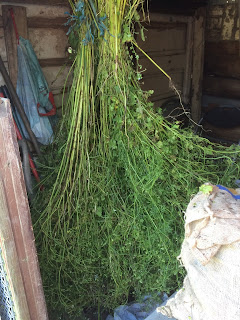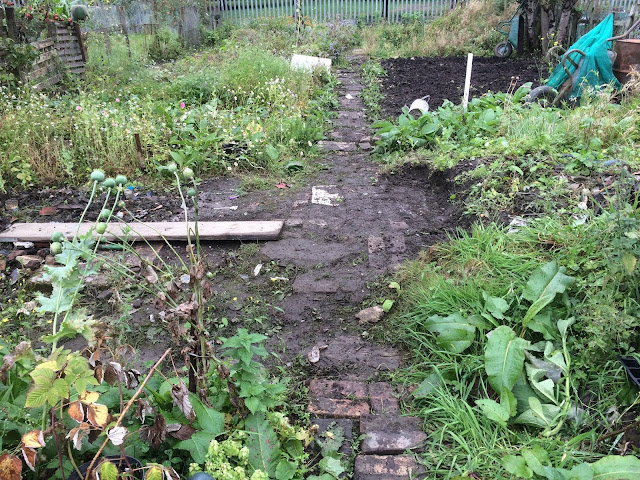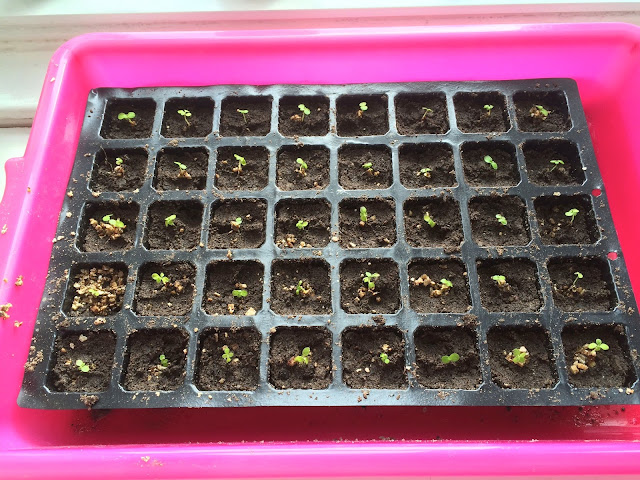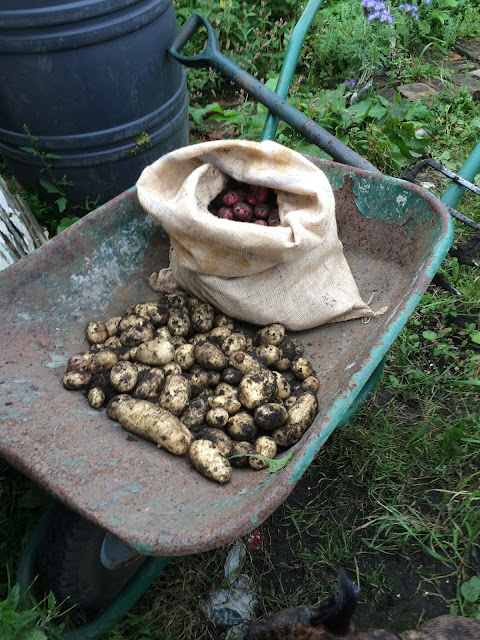Allotment chore wants crazy gin chaser after Home Office drug. (6)

Also yesterday, I got that area of hedgerow hoed, running North and then East from the ash tree up and along to the central path. As I hoed away, cutting off ground elder, grasses, and clover, uprooting a comfrey volunteer and some small docks by hand, it occurred that it's going to be several years before the hedgerow shades out most of its competitors. That's a lot of weeding. The boundary is 70m long. April to October, 5m a day means it would all be done every fortnight, which would be enough to stop it running away with weeds, as it did this Summer. That's in addition to hoeing all the beds. But, keep at it and it gets easier, mostly because hoeing 30mins to an hour every day for six months gives you forearms like Popeye. This from Cornell is good on hoeing , as it is on weed management generally. All of which I'm taking careful note of: next year, I manage the weeds rather than they manage me.













